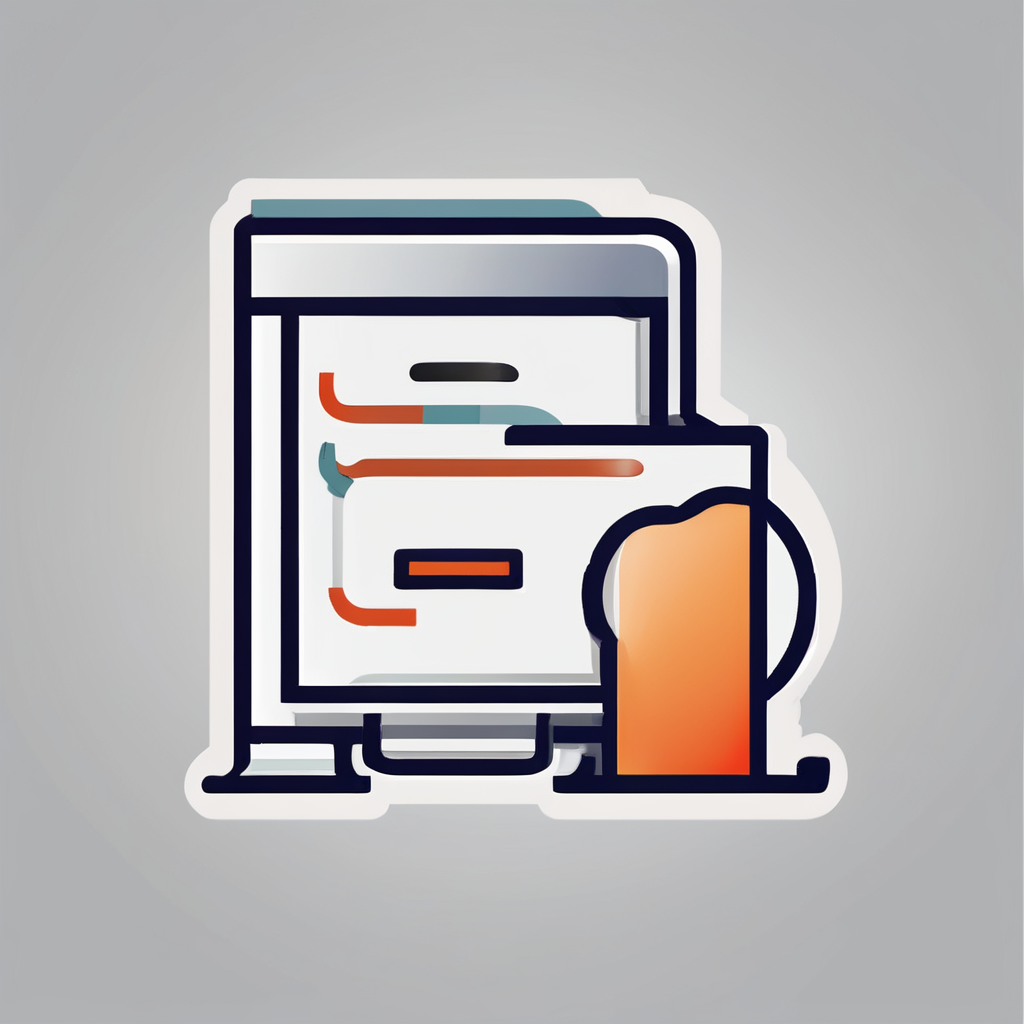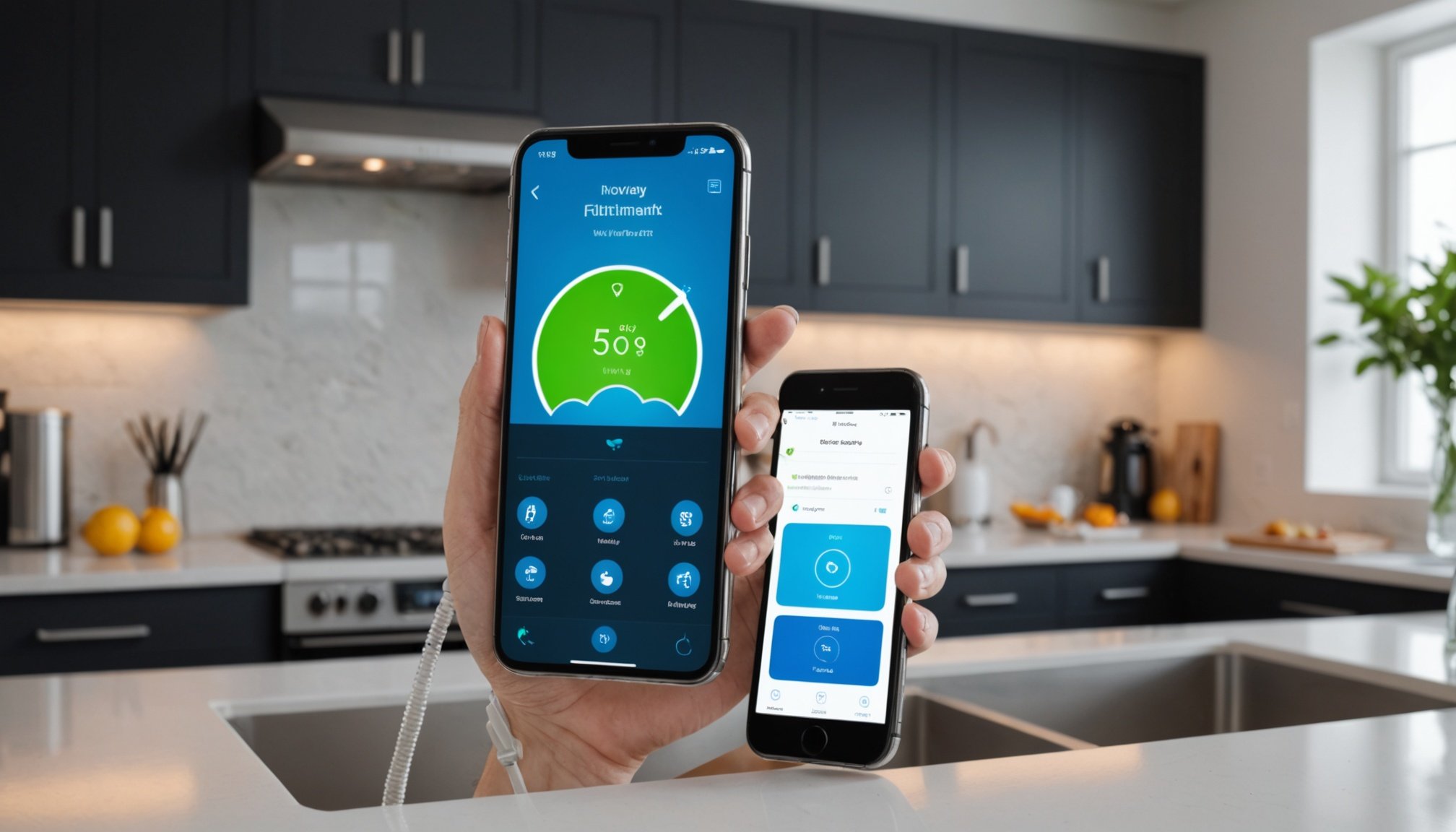Optimizing Your Water Filtration System with Your Smartphone: The Smart Home Revolution
In the era of smart home technology, managing your water filtration system has never been more convenient or efficient. With the advent of smartphone-controlled systems, you can now ensure the quality of your water from the comfort of your couch or even when you’re away from home. Here’s a comprehensive look at how you can optimize your water filtration system using your smartphone.
The Benefits of Smart Water Filtration Systems
Smart water filtration systems are designed to make your life easier while ensuring the water in your home is of the highest quality. Here are some key benefits:
Have you seen this : Revamp your environment: utilize your smartphone to create a smart home fitness area
Improved Water Quality
Smart systems often combine multiple technologies such as water softeners, active carbon filters, and even reverse osmosis to remove a wide range of contaminants, including calcium, chlorine, and other harmful substances. For instance, the EcoWater Refiner Power system integrates an ion exchange resin to remove calcium and a carbon filter to eliminate chlorine taste and odor, ensuring your drinking water is safe and pleasant[1].
Real-Time Monitoring
With smartphone apps, you can monitor your water usage and filtration system in real time. This allows you to track water consumption, salt levels, and even initiate regeneration cycles remotely. The EcoWater Refiner Power, for example, can be connected to your Wi-Fi network, enabling you to access consumption statistics, control salt levels, and launch regeneration cycles from your smartphone or tablet[1].
Also to read : Elevate your home”s ambiance: harnessing smartphone technology for ultimate smart lighting control and monitoring
Energy and Cost Efficiency
Smart systems are designed to optimize energy and salt consumption. The advanced electronic systems in these devices ensure that each regeneration cycle uses the minimum amount of salt and water necessary, reducing your utility bills and environmental impact. As noted by EcoWater, their system helps in “less energy consumption” and “preservation of your household appliances from the harmful effects of calcium”[1].
Convenience and Time Savings
Managing your water filtration system used to be a time-consuming task, but with smart technology, it’s now effortless. You can receive notifications when maintenance is required, and some systems even allow your local dealer to access and adjust settings remotely. This means you spend less time worrying about your water system and more time enjoying the benefits of clean, filtered water.
How Smart Water Filtration Systems Work
Smart water filtration systems typically involve several key components:
Water Softeners
Water softeners remove calcium and magnesium ions from the water, which can cause scaling and damage to appliances. Smart water softeners, like the EcoWater Refiner Power, use a stratified resin bed that is resistant and effective in removing these ions[1].
Active Carbon Filters
Active carbon filters are crucial for removing chlorine, taste, and odor from water. These filters are often integrated into smart systems to ensure that your drinking water is not only soft but also free from unpleasant tastes and smells.
Reverse Osmosis
Some advanced smart systems may include reverse osmosis technology, which uses a semi-permeable membrane to remove up to 99% of contaminants from the water. This is particularly useful for households that need extremely pure water.
Wi-Fi Connectivity
The ability to connect your water filtration system to your Wi-Fi network is a game-changer. It allows for remote monitoring and control, making it easy to manage your system from anywhere.
Examples of Smart Water Filtration Systems
Here are a few examples of smart water filtration systems that are making waves in the market:
EcoWater Refiner Power
- Key Features: Water softener, active carbon filter, Wi-Fi connectivity, remote monitoring and control.
- Benefits: Improved water quality, reduced energy consumption, no need for replacement cartridges.
- Quote: “The Refiner Power is the most complete water treatment solution, treating both calcium and substances altering the taste and odor of water”[1].
Flipr Smart Pool Analyser
- Although primarily designed for pool maintenance, Flipr’s technology can be seen as a precursor to what is possible in home water filtration. It controls water filtration, heat pumps, and lighting from your smartphone, optimizing pool maintenance based on weather events and water conditions[2].
Practical Insights and Actionable Advice
Here are some practical tips for optimizing your water filtration system with your smartphone:
Choose the Right System
- Assess Your Needs: Determine the specific contaminants you need to remove from your water. If you have hard water, a water softener is essential. If you’re concerned about taste and odor, an active carbon filter is a must.
- Check Compatibility: Ensure the system is compatible with your smartphone and home network.
Regular Maintenance
- Monitor Usage: Keep an eye on your water usage and filtration system performance through the app.
- Schedule Regeneration: Use the app to schedule regeneration cycles to maintain optimal performance.
Energy Efficiency
- Optimize Settings: Adjust settings to minimize energy and salt consumption.
- Receive Notifications: Set up notifications for when maintenance is required to avoid any issues.
Detailed Comparison of Smart Water Filtration Systems
Here is a comparison table of some key features of different smart water filtration systems:
| System | Water Softener | Active Carbon Filter | Reverse Osmosis | Wi-Fi Connectivity | Remote Monitoring | Energy Efficiency |
|---|---|---|---|---|---|---|
| EcoWater Refiner Power | Yes | Yes | No | Yes | Yes | Yes[1] |
| Flipr (Pool) | No | No | No | Yes | Yes | Yes[2] |
| ProScan JBL | No | No | No | Yes | Yes | No[4] |
| Clairazur i-command | No | No | No | Yes | Yes | No[5] |
Quotes and Testimonials
- “The Refiner Power is a complete solution for improving your water quality. It treats both calcium and substances altering the taste and odor of water,” – EcoWater Systems.
- “With Flipr, you can relish your pool time without the hassle of maintenance. It’s about finding the right balance to maintain your pool efficiently,” – Flipr.
Smart water filtration systems are revolutionizing the way we manage our home water quality. With the ability to monitor and control these systems from your smartphone, you can ensure that your water is always clean, safe, and efficient. Whether you’re looking to remove calcium, chlorine, or other contaminants, there’s a smart system out there that can meet your needs.
By choosing the right system, maintaining it regularly, and optimizing its settings, you can enjoy the benefits of smart water filtration while saving time and money. As we move forward in this era of smart home technology, it’s clear that managing your water filtration system with your smartphone is not just a convenience but a necessity for a healthier, more efficient home.
Troubleshooting Common Issues with Smart Water Filtration Systems
Navigating the world of smart water filtration can be daunting, but understanding water filtration troubleshooting can simplify the process.
Frequent Connection Problems
One common water filtration troubleshooting issue is connecting the system to a smartphone. If you experience difficulties, start by checking your Wi-Fi network stability and ensuring your filtration device and phone are on the same network. Another tip is to keep the device’s firmware updated to prevent connectivity glitches.
To ensure stable connectivity:
- Restart both the filtration system and smartphone regularly.
- Move the device closer to the router for a stronger signal.
System Performance Issues
Spotting filtration performance problems early can save time and frustration. Look for signs such as reduced water pressure or unusual tastes and odours. Regular maintenance is essential for optimal functionality. Keep filter cartridges clean and replace them as per manufacturer guidelines. Additionally, inspect the system for any leaks or blockages.
App-related Challenges
Smart apps sometimes generate user frustrations, such as crashes or inaccurate readings. To tackle these, ensure your app is always updated to the latest version. For further support, consider reaching out to the app developer. Many apps provide built-in reporting features to make this process easier, allowing users to find effective solutions swiftly.






